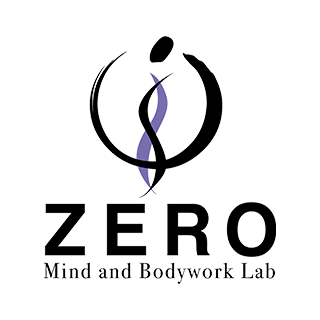はじめに
Hello, this is Hidefumi Otsuka, providing Rolfing sessions and brain science-based courses on nutrition, sleep, and mindfulness in Shibuya, Tokyo.
Today, I’d like to share some fascinating insights about why humans, unlike other animals, are capable of running for extended periods.
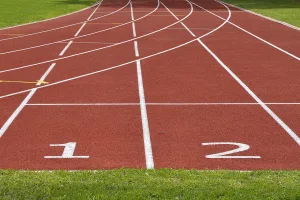
Walking and Running Use Different Muscle Groups
One of the distinctive features of humans is “bipedalism” — more precisely, upright bipedalism, where we walk on two feet while standing vertically, as I discussed in a previous article on walking.
According to Daniel Lieberman’s book Exercised: Why Something We Never Evolved to Do Is Healthy and Rewarding, walking and running utilize different muscles.
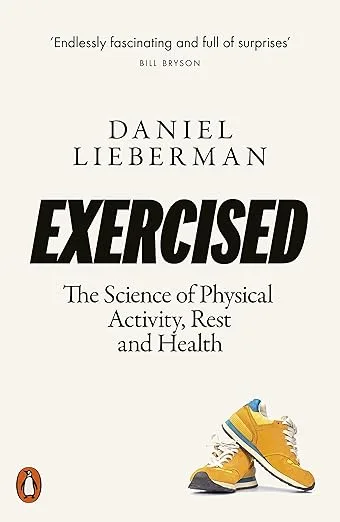
When walking, at least one foot is always in contact with the ground.
This motion uses gravity, functioning like an inverted pendulum, with the body moving in an arc-like manner over the planted leg.
In contrast, when running, the legs behave like springs. Instead of rising with each step, the body’s center of mass actually descends as the hips, knees, and ankles bend.
This movement stretches tendons—especially the Achilles tendon, which is notably longer in humans than in other animals—storing elastic energy like a spring.
In the latter phase of running, these tendons recoil while the muscles contract, straightening the joints and propelling the body upward and forward.
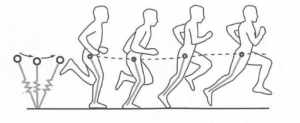
During this motion, the body leans slightly forward, elbows and knees bend, and the arms and legs swing in opposite directions.
It’s helpful to think of running as leaping from one foot to the other.
What Enables Long-Distance Running? (1) — Elasticity of the Achilles Tendon and Foot Arch
One fascinating aspect of humans is the ability to run long distances on two legs.
Not only do humans possess a long, elastic Achilles tendon, but we also have spring-like structures along the arches of our feet.
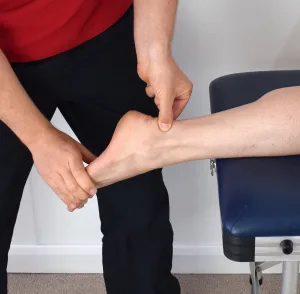
While tendons are not particularly crucial during walking, they play a vital role in running by acting as elastic springs.
Animals that excel at running, such as kangaroos and deer, have similarly long, elastic tendons.
In contrast, great apes have much shorter tendons.
Thus, humans have uniquely evolved to develop these long tendons.
You could think of the Achilles tendon as a rubber band, designed not for sprinting, but for traveling long distances efficiently.
What Enables Long-Distance Running? (2) — The Ability to Sweat
Another remarkable adaptation is the human ability to sweat copiously.
This capability is critical for cooling the body over long distances.

When running, body temperature rises dramatically.
While this is tolerable in winter, in hot and humid conditions, it becomes dangerous.
The body must either dissipate heat effectively or cease running.
When sweat evaporates from the skin, it cools the body.
Most animals cool down by panting, evaporating saliva from the throat and tongue.
However, the surface area involved is small — limited to the mouth, tongue, and nose.
Humans, by contrast, have between five and ten million sweat glands distributed across the skin and reduced body hair, allowing air to move freely over the surface.
This enables humans to release heat rapidly.
Amazingly, humans can sweat up to one liter (or even more) per hour during continuous running.
Key to Long-Distance Running (3): A Strong Heart and Abundant Slow-Twitch Muscle Fibers
Humans evolved large, elastic heart ventricles, unlike the small, thick hearts of great apes.
This allows for the efficient pumping of large volumes of blood, enabling precise blood delivery to the brain and effective cooling during physical activity.
Moreover, human leg muscles contain a high percentage of fatigue-resistant slow-twitch fibers—around 50% to 70%—compared to only about 11% to 13% in chimpanzees.
These adaptations—elastic tendons, sweating ability, a strong heart, and slow-twitch muscle fibers—equip humans for long-distance endurance running.
Key to Long-Distance Running (4): Peak Running Age
Christopher McDougall’s book Born to Run also shares fascinating insights about running.
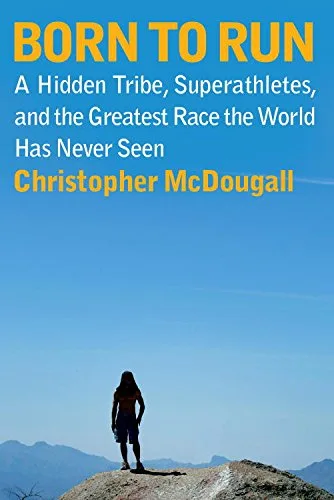
A study during the 2004 New York City Marathon revealed that runners improved their speed every year from age 19, reaching a peak at age 27.
Afterward, performance gradually declined, but by age 64, runners returned to their 19-year-old speed levels.
This suggests that humans are naturally skilled at running over the long term.
As McDougall famously said:
“We don’t stop running because we grow old; we grow old because we stop running.”
Interestingly, modern diseases in the West—such as heart disease, stroke, diabetes, depression, and cancer—were virtually unknown to our ancestors.
While they had no modern medicine, they had a powerful remedy: movement.
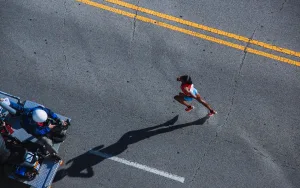
Rolfing and Running — Focusing on the Soles of the Feet
Previously, I wrote that Rolfing focuses on fascia—the connective tissue that organizes muscles, organs, bones, and nerves to optimize energy efficiency in posture and movement.

Rolfing consists of a series of ten sessions.
In the second session, we address the fascia around the feet, especially the soles, to enhance movement efficiency.
Why focus on the soles?
Tension in the soles of the feet can transmit upward, causing tension in the lower back, shoulders, and neck.
Conversely, relaxing the soles can relax the entire back.
In practice, we focus on:
- Loosening the entire sole of the foot, including the arch, to allow full muscular function.
- Strengthening the connection between the lower body and the feet.
- Enhancing awareness from the soles up to the spine and upper body.
After working on the soles, many people feel their feet adhering more naturally to the ground, improving balance between the toes and heels.
It also naturally creates a sense of ease in running.
Conclusion
In this blog post, I introduced why humans are uniquely capable of running for long periods, and how Rolfing’s approach to fascia can enhance efficient, natural running.
